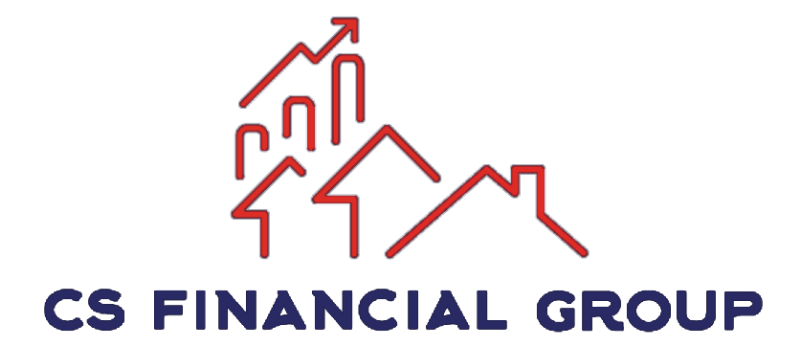In this week’s podcast Craig explores the importance of Loan to Value – what does it mean and why does it matter?
What is Loan to Value?
Loan to Value or LTV, as it’s known, is a percentage calculation summing up how much your mortgage is worth compared to the value of your property.
As an example, if your house is worth £200,000 and you have a mortgage amount of £150,000, you have a loan to value of 75%. We work it out by dividing your mortgage amount (£150,000) by the property value (£200,000) and multiply by 100.
Why is it important?
Loan to Value is important if you’re looking to move home, to remortgage or release some equity from your property.
Lenders base their interest rates on the Loan to Value. So the lower the Loan to Value, generally the lower the interest rate you will get.
The rates lenders set line up with 5% increments on the Loan to Value. The lowest interest rates are for mortgages with 60% LTV or below. The highest LTV is 95%, which means you’ve got at least a 5% deposit or 5% equity in your home.
That means a 90% LTV interest rate will be lower than a 95% rate – which will be the highest interest rate for that mortgage provider.
Why do lenders reward a lower Loan to Value?
The lower the LTV, the more equity there is in the property – so there is less risk for the lender. If, for example, there’s a decrease in house prices, someone with a 95% mortgage is in danger of owing more than the house is worth. Then, if they can’t repay their mortgage and the house is repossessed, the lender can’t recover their losses by selling the house.
Meanwhile if the LTV is low, say 60%, and house prices decrease, this is less of a risk for the lender.
Lenders can also base the amount you can borrow on your LTV. So it’s important to keep your LTV as low as possible, because this will improve your chances of securing a mortgage.
How does it work for a remortgage?
When you’re looking to remortgage because your initial fixed rate deal is coming to an end, at that point you could pay off a lump sum. Even a small amount could get you into that next LTV band and make all the difference.
It’s also in your interest to pay the mortgage as soon as possible. Most lenders will allow overpayments during your initial rate of up to 10% of your outstanding mortgage balance.
You could set up a direct debit for more than your monthly payments. Say your mortgage is £750 pounds and you set the direct debits at £800 – that will make a big difference over the period of your mortgage.
If you’re unsure, just speak to your mortgage broker or mortgage adviser and they will explain more about how that works.
In summary…
Loan to Value or LTV is a percentage calculation of the mortgage amount, divided by the loan amount as a percentage. The lower the LTV, the lower the interest rate. The highest LTV band is 95 percent. These bands are 5% increments, with the lowest rates at 60% LTV or below.
If you do have any questions around Loan to Value, please get in touch.



